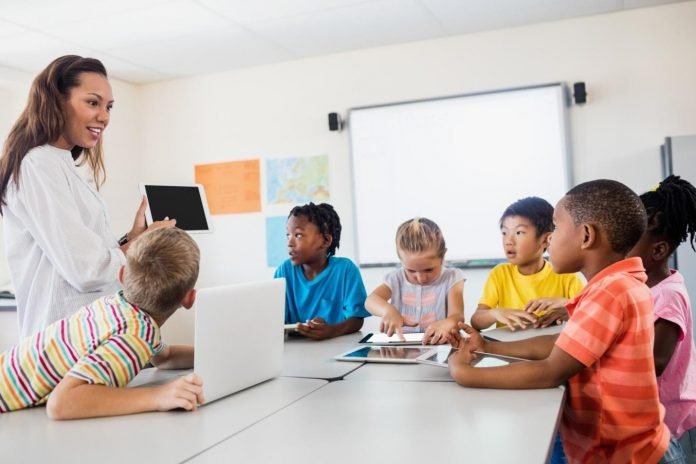Last Updated on December 16, 2024 by Rida Gul
No matter how long ago it was, you remember your time in school. From playing at recess to attending high school football games, you can remember your memories of your primary education with fondness.
The teachers who have impacted your life for the better are never forgotten. It’s vital that, as an educator, you strive to influence students, as it can change their lives positively.
If you’re not sure how you can positively and effectively influence student behavior in your classroom, be sure to keep reading for some of the best tips to help you instill a positive change in a school setting.
Table of Contents
1. Allow Students to Assist in Creating Goals
As an educator, you are automatically authoritative over your students. For some students, this can cause anxiety, while others can rebel.
Though you undeniably need to be the adult in the classroom, keeping your authority in check can help create an environment for students to feel more comfortable and encourage positive behaviors.
Asking students to assist you in creating goals allows them to feel as if they have a crucial and visible role in their education and amongst their peers. You can read more now about the benefits of co-creating goals.
2. Set Measurable and Attainable Goals
Despite the undeniable benefits of co-creating goals in the classroom, you’ll inevitably need to set your own adult classroom expectations.
However, setting goals that are too hard can leave students feeling dejected. If you want to implement a positive change in the classroom, allowing students to see their success is a great way to change their attitude.
Instead, it’s essential to set reasonable and attainable goals. For example, instead of requiring all of your students to read a whole book in one week, break it up into smaller, easier-to-digest goals.
3. Reward Positive Behaviors
Though the common saying encourages you to refrain from “applauding a fish for swimming,” students from Pre-K to senior year will appreciate the feeling of being appreciated.
Implementing an age-appropriate positive behavior reward system in your classroom can help your students feel as though their actions are noticed and appreciated. Similarly, it will encourage continued, beneficial conduct.
4. Model Expected Behavior
Finally, you’ll want to model the behavior you expect from your students. If your pupils see you partaking in prohibited or discouraged behavior, they may throw your rules out the window.
Following the rules, you set for your students not only encourages them to behave a certain way but prevents you from seeming like another authority figure abusing their power.
How You Can Influence Student Behavior
As an educator, you have a tough job. You must touch out long days with 30 children, piles of paperwork, and dealing with difficult parents.
However, you are one of the people that shape the lives of dozens of young children. You have to opportunity to mold and impact student behavior for the rest of their lives.
If you found this guide to better behavior in the classroom informative, be sure to browse the rest of our website. There, you can discover more helpful education tips and tricks.
A Quick Overview
Teachers can positively influence their students’ behavior, both inside and outside of the classroom. By creating a supportive and engaging learning environment, teachers can encourage their students to develop positive behaviors that will help them succeed in school and beyond. Here are four ways teachers can positively influence student behavior:
- Model Positive Behavior Teachers are role models for their students. By modeling positive behaviors, such as kindness, respect, and responsibility, teachers can help their students develop these same behaviors. When teachers consistently model positive behavior, students are more likely to follow suit.
- Provide Positive Reinforcement Positive reinforcement is a powerful tool for encouraging positive behavior. Teachers can use positive reinforcement by praising students for their good behavior, providing rewards for meeting behavioral goals, and using positive feedback to encourage students to continue their good behavior.
- Set Clear Expectations Clear expectations are essential for promoting positive behavior. Teachers should communicate their expectations clearly to their students and provide them with the tools and resources they need to meet those expectations. When students know what is expected of them, they are more likely to behave positively.
- Foster Positive Relationships Positive relationships are crucial for creating a supportive and engaging learning environment. Teachers should strive to build positive relationships with their students by getting to know them personally, showing an interest in their lives outside of school, and providing support and guidance when needed.
Read also: Here are some clues to assist you in your journey on Etsy.



























